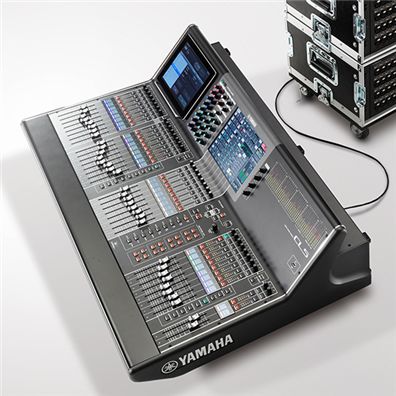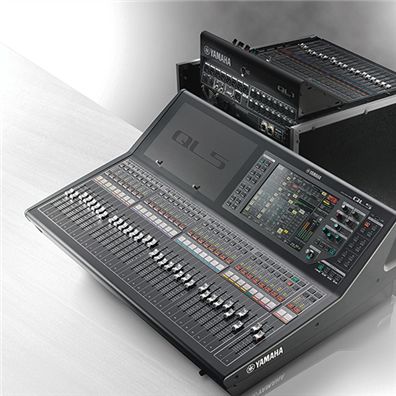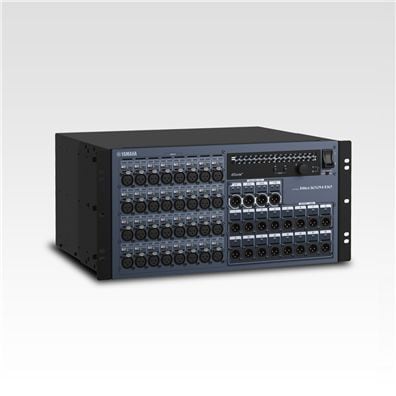Leipzig Enjoys Classical Italian Nights With Yamaha
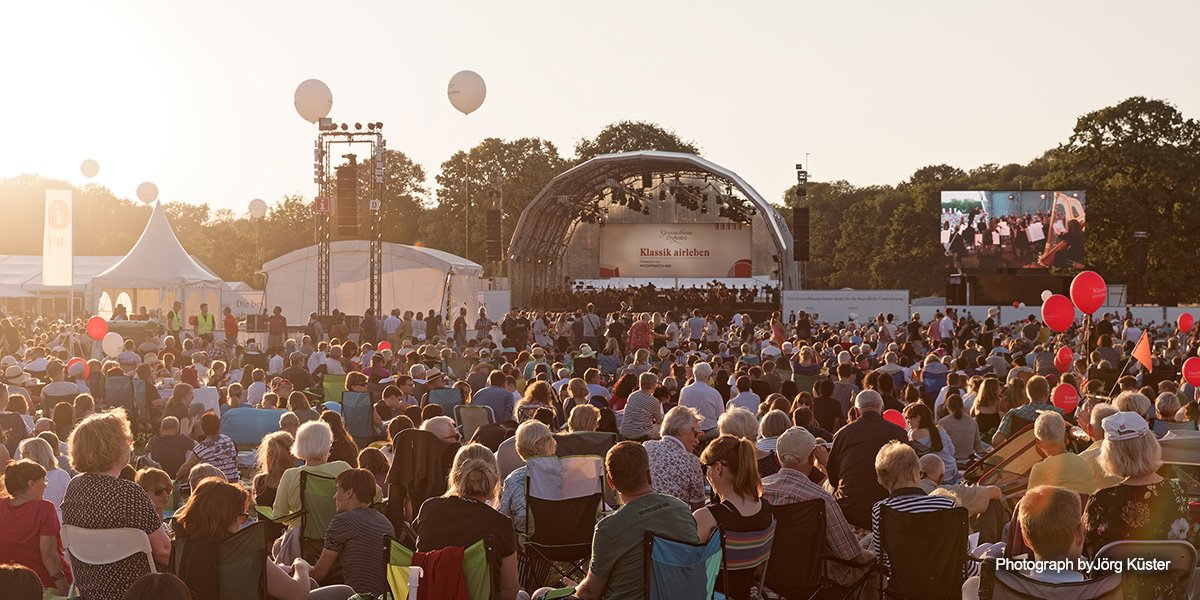
Every year the Leipzig Gewandhaus Orchestra performs two open air concerts in the German city’s main park, the Rosental. The hugely popular Klassik airleben concerts are free to attend and, this year, beautiful summer weather and high quality Yamaha digital mixing ensured that more than 60,000 of the city’s population enjoyed two great evenings of Italian classical music.
The Klassik airleben shows play an important part in Leipzig culture, bringing orchestral music to many who are presumed to rarely attend concerts in the Gewandhaus concert hall. Conducted by musical director Andris Nelsons, this year’s shows featured soloists Kristin Opolais (soprano) and Thomas Hampson (baritone) in a programme of works by Italian composers Rossini, Verdi and Puccini.
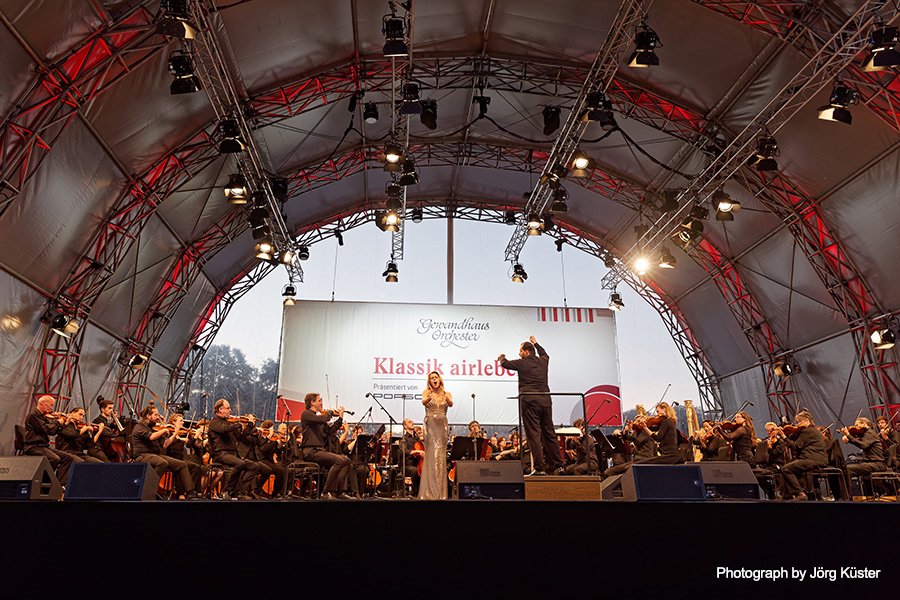
The show’s production company is Leipzig-based Frontsound Veranstaltungstechnik GmbH, headed by Gunnar Gosch and Christian Arnold. They chose Yamaha CL5 and QL5 digital consoles to mix the show, with two Rio3224-D2 and two Rio1608-D I/O racks, on a redundant Dante network.
"As a company, we focused on high quality technology at an early stage. We believe in quality, not quantity!” says Gunnar. "We have recently re-invested in Yamaha equipment with several CL and QL series consoles. Despite their compact dimensions, they have enough channels, sound good and are, overall, very powerful.”
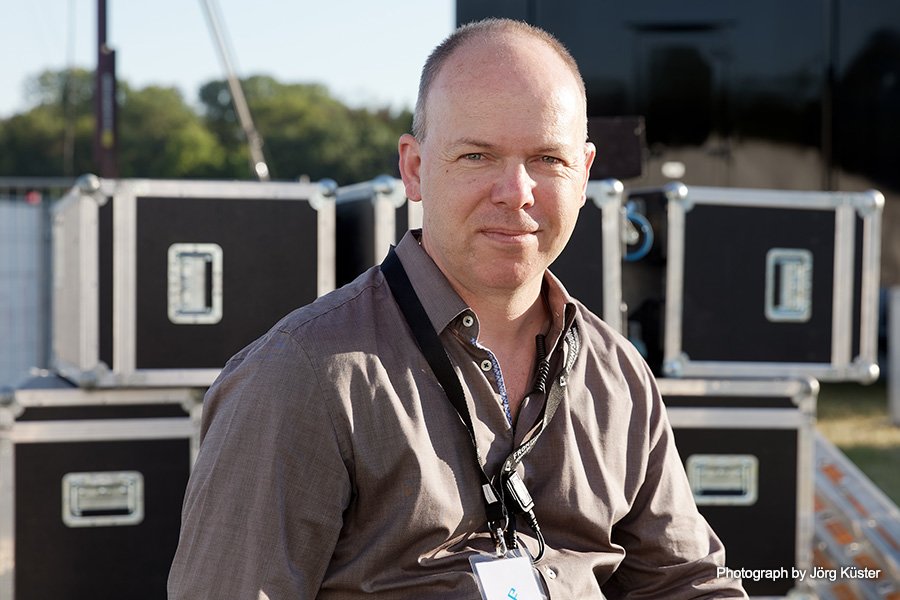
Mr. Gunnar Gosch
The QL5 was used to mix the Front of House sound from a position around 60 meters from the stage. Two matrix mixes were output, one to the main L-C-R PA system, plus frontfills and outfills, the other to eight delay towers. The PA system processors were controlled digitally via AES / EBU from the Yamaha R series units. With one of the Rio3224-D2s assigned to the delay lines, it meant that, if necessary, filtering could be applied in the main PA, without affecting the sound of the delay speakers.
The use of wireless Shure ULX-D microphones meant they could be conveniently controlled from the Yamaha mixing consoles. "This is a really useful feature," notes Gunnar.
At the monitor position, engineer Rudolph Andreas was manning the Yamaha CL5 console. "The CL5 offers incredible flexibility," he says. "When you are setting up the mix, you can achieve what you want quickly and the signal routing within the console is very clear. The workflow is also very flexible, you can set up everything just as you like it."
Rudolph used a number of the CL5’s onboard high quality effects, including a hall reverb for Kristine Opolais’ soprano, enriching it and providing a better monitoring experience for her in the unfamiliar situation of an open-air performance. He was also very pleased with the flexibility of the Dynamic EQ. “I can selectively change individual frequency ranges with it, improving the sound for the artist without them even noticing,” he says.
He continues, “The CL5 has a very neutral sound, which is a great advantage especially in classical music and theatre. Sound colouration by the preamps can be useful, but only if you can choose and target it - for example like you can with the Yamaha RIVAGE PM10 and PM7 digital mixing systems.”
“We rely on Yamaha as trusted brand," adds Gunnar. “Another thing we are very interested in is the SWP series network switches, which we will soon be investing in. You can’t expect every system technician to be a network specialist, so being able to simplify setups using the SWP switches will make a real difference.”
Information
Location
Leipzig, Germany

